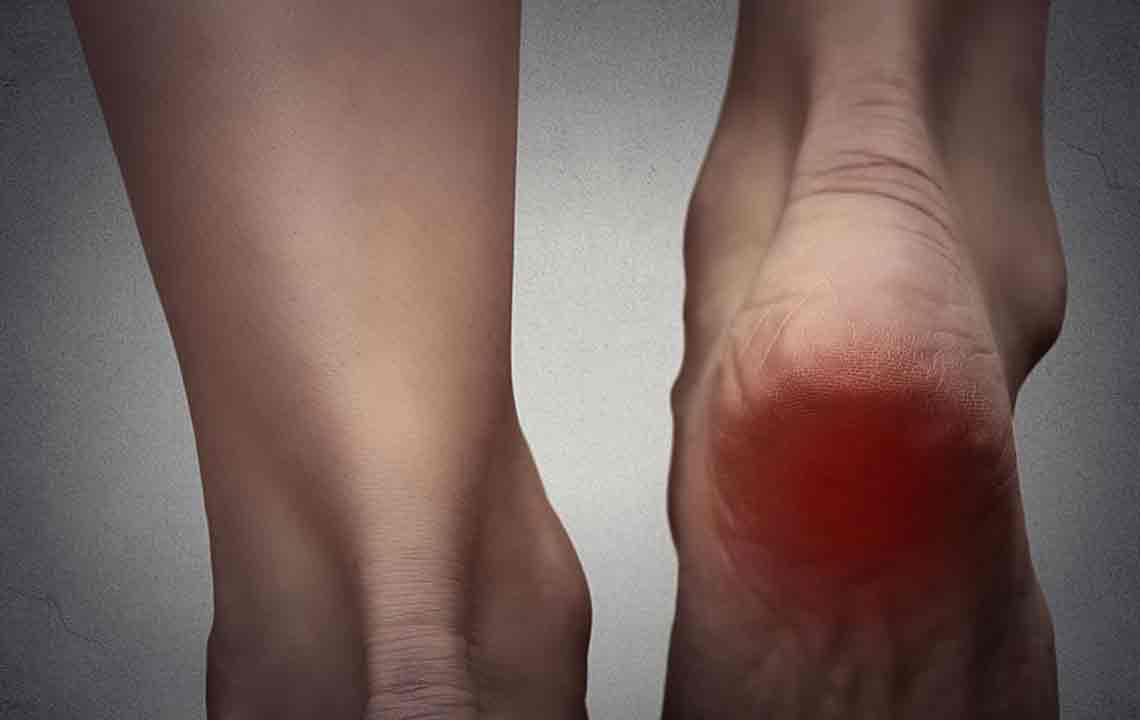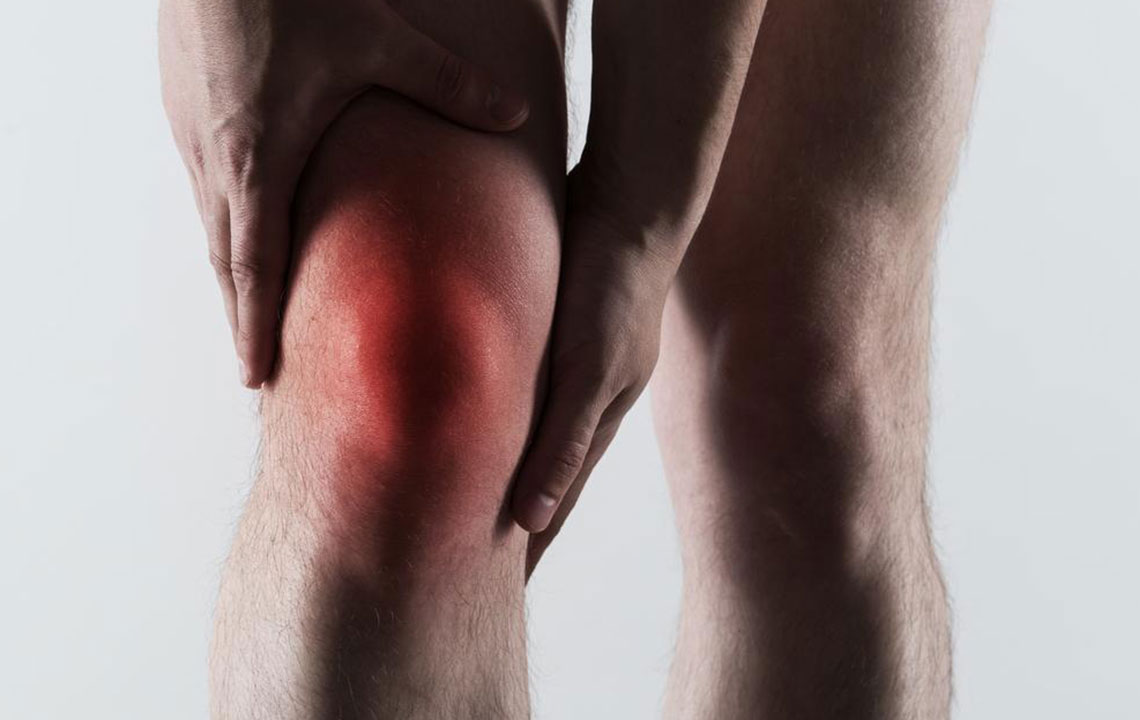Comprehensive Guide to Managing Gout Pain Effectively
This detailed guide explores effective strategies for managing gout pain, including lifestyle changes, dietary adjustments, and medical treatments. It emphasizes the importance of early diagnosis, regular monitoring, and patient patience in controlling the condition and preventing future flare-ups. Learn how to reduce inflammation, lower uric acid, and protect your joints from recurrent gout attacks with proven techniques and professional advice.

Comprehensive Strategies for Controlling Gout Pain and Flare-Ups
Gout, a form of inflammatory arthritis, affects millions worldwide and is characterized by sudden, intense joint pain often accompanied by swelling and redness. People with elevated cholesterol levels, excess weight, and certain lifestyle habits are at increased risk of developing this painful condition. While there is currently no definitive cure for gout, understanding its causes and adopting effective management strategies can significantly reduce the frequency and severity of flare-ups. The root cause of gout lies in the accumulation of uric acid in the blood, which crystallizes and deposits in joints, leading to inflammatory responses that cause severe pain.
Gout attacks are often unpredictable, striking suddenly, particularly during the night, disrupting sleep and daily routines. While historically more common in men, recent trends indicate a rising prevalence among women, especially postmenopause. Commonly affected areas include the knees and fingers, but gout can impact various joints depending on individual health factors. Elevated uric acid levels lead to crystal formation inside joints, resulting in pain and swelling. Multiple lifestyle and dietary factors contribute to high uric acid levels, including alcohol consumption, consumption of certain foods, stress, and some medications. Recognizing the early signs—such as tingling, burning pain, stiffness, swelling, and tenderness—is crucial for timely intervention.
Effectively managing gout requires a combination of lifestyle modifications and medical treatments to reduce inflammation and prevent future episodes. Here are some proven strategies for controlling gout pain:
Rest and Joint Protection – During a gout flare-up, it is essential to rest affected joints. Limiting movement and avoiding pressure on painful joints helps reduce inflammation and prevents aggravating the condition further.
Anti-inflammatory Medications – Non-steroidal anti-inflammatory drugs (NSAIDs) such as ibuprofen, naproxen, indomethacin, and others are the frontline treatments for reducing joint swelling and pain during attacks. These should be taken as prescribed by a healthcare professional.
Maintaining Adequate Hydration – Drinking plenty of water is vital in flushing excess uric acid from the bloodstream. Proper hydration helps prevent crystal formation in joints. It’s also advisable to avoid alcohol and sugary beverages like sodas, which can trigger or worsen gout attacks.
Corticosteroids – When NSAIDs are insufficient or contraindicated, corticosteroids such as prednisone may be prescribed. These medications effectively reduce severe inflammation but should be used under strict medical supervision due to potential side effects.
Dietary Modifications – Adopting a diet rich in vegetables, low in red meats, seafood, and processed foods can help lower uric acid levels. Eliminating or reducing intake of alcohol, sweetened drinks, and high-purine foods is recommended for gout management.
Medications for Uric Acid Control – For patients with frequent attacks or chronic gout, doctors may prescribe drugs like allopurinol, febuxostat, colchicine, lesinurad, or probenecid. These medications work by lowering uric acid production or increasing its excretion, helping prevent new crystal formation.
Long-term Monitoring and Consistency – Effective gout management hinges on consistent medication adherence and lifestyle changes. Regular check-ups and blood tests to monitor uric acid levels are essential. Patience is necessary, as it may take months of ongoing treatment to see substantial improvements and prevent future attacks.
If symptoms persist, worsen, or new symptoms appear, it is crucial to consult a healthcare professional promptly. Proper diagnosis is vital, as joint infections can mimic gout symptoms and require different treatment approaches. A comprehensive management plan, involving medical, dietary, and lifestyle adjustments, can significantly improve quality of life for gout sufferers.





